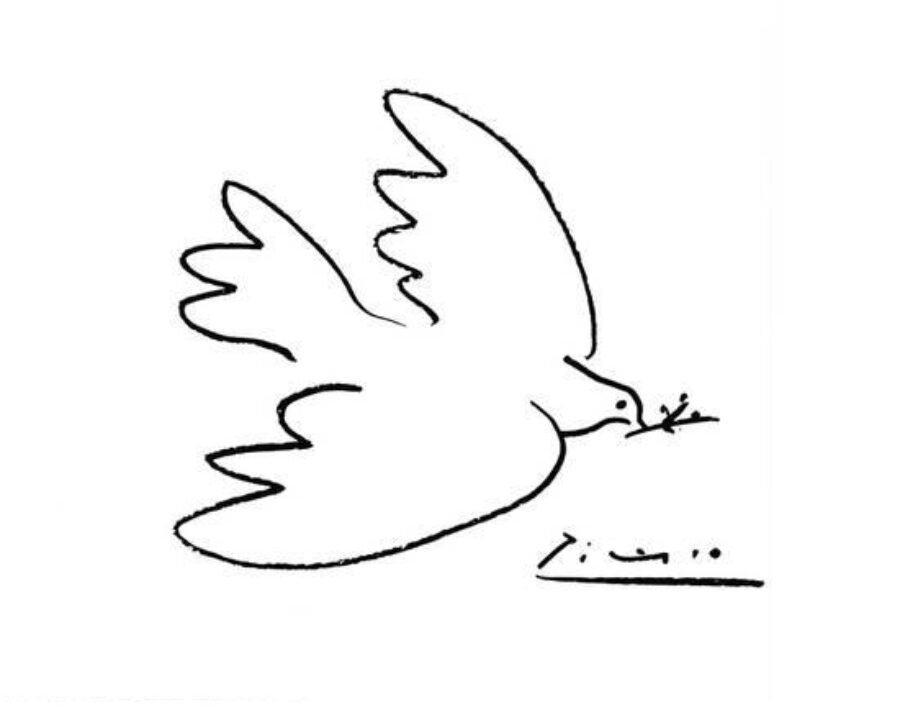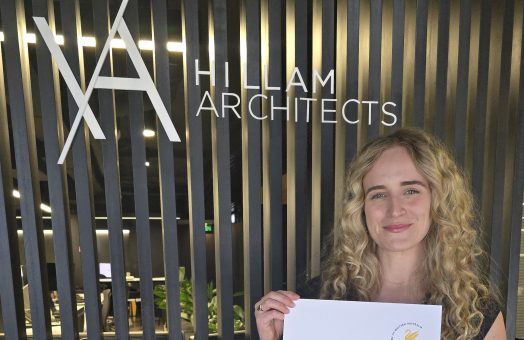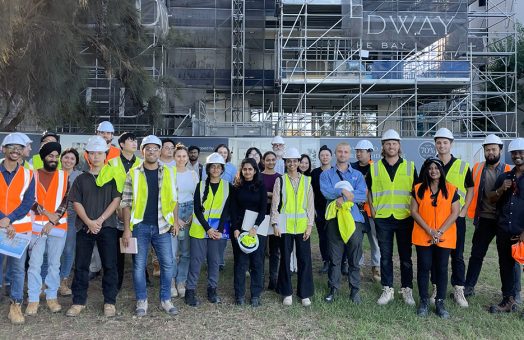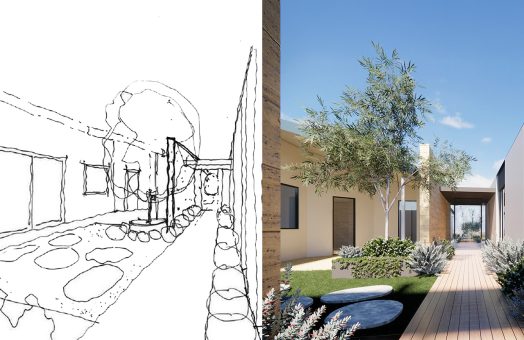
January.16.2019
You don’t need a building
A Paris café, Sunday most likely. Picasso is approached by an admirer and asked if he would do a quick sketch on a paper napkin. He politely agrees, swiftly executed a drawing of a dove, and hands back the napkin — but not before asking for a rather significant amount of money. The admirer is shocked: “How can you ask for so much? It took you a minute to draw this!” “No”, Picasso replied, “It took me 40 years”
Experience is often something associated with age and consequently, wisdom, but how often do we consider the diversity thereof and what it means in more abstract realms such as architectural design? Similarly, the term ‘abstract’ is perhaps not always used to describe the architectural profession because to most people, it is a tangible concept describing the design of buildings – something we can all comprehend. A building after all, is a physical manifestation of the plans and sections that came before it – there is safety in the knowledge that certain rooms will be a specific size, and the front door will be a certain distance from the living room window. This is a conceivable concept because it has been made to be so by the architect, but not before the early hand-sketch came into being.
The precursor of any well-considered space (note: space not building) is the translation from the emotive to the physical. It is as Louis Kahn said: “A great building must begin with the unmeasurable, must go through measurable means when it is being designed and in the end must be unmeasurable.” And it is exactly this that you invest in, as it becomes the question and difference between dreaming big and thinking big. An architect can strike the perfect balance between what is feasible and what is conceptually rich in such a way that it need not remain a dream. It is however inevitable that the time/cost/quality trifecta comes into play. An argument stands that you cannot achieve all three, for if you choose time and quality cost will no doubt go up and vice versa. However, the architect is able to land in the centre of this trio and balance time, cost and quality in abstract ways for the same reason Picasso was able to create one of his masterpieces in a mere minute.
Experience.
Architectural firms are synonymous with the idea of ‘collective experience’ in that you are presented with a team of individuals, each skilled to varying degrees in a diverse range of areas, thus collectively providing a service that transcends preconceptions surrounding ‘Building Design’. No matter the age or experience of the architect, these are people who have a minimum of five-year’ experience in drawing on creativity that is intrinsic to their manner of thinking. The instinctive understanding of the space is formed from a sum of experiences, an instinctive understanding that is evolving throughout the architect’s career. When approaching an architect you ask yourself the question ‘What is design worth’ and if we take it further – where does it add worth? To re-quote Kahn, how do you measure the unmeasurable? Is a residential project’s success measured against feelings of comfort and security? The experience is for the client to brief and for the architect to deliver on, that’s not to say there isn’t a simple measure for the worth of design/art/architecture, its worth is what someone is willing to pay. Furthermore, design is far more accessible than people believe it to be – and this is because of the architect for, if given a time or cost restraint, they will still deliver quality. Quality of life can still be translated into a space no matter what the scale, as simplicity reigns and the architect capitalises on this.



